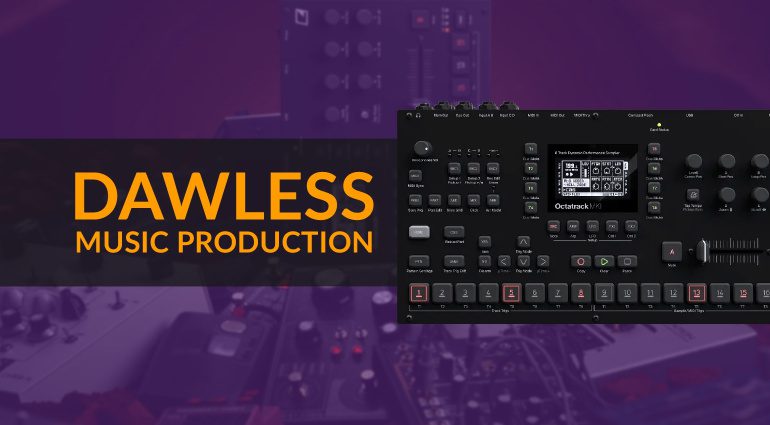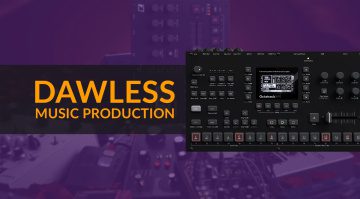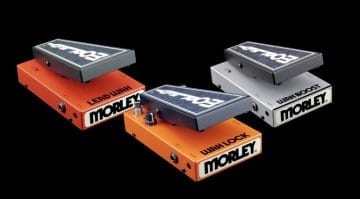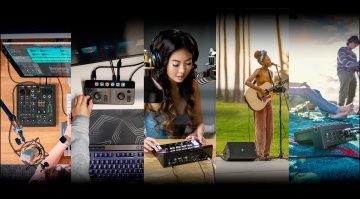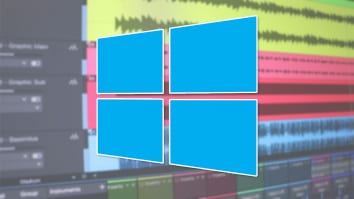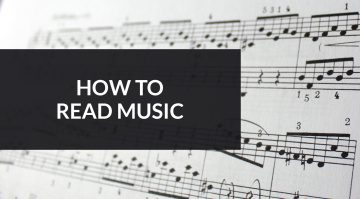Making music outside the box: 5 Ways to Go Dawless
Making music without a computer (for the most part).
Looking for a life less DAW-dinary? We’re looking at 5 ways to go dawless in your home studio.
We can all agree that software offers more flexibility than hardware, there’s no doubt about it. But, does this guarantee a creatively fulfilling experience? That’s what we’re here to discuss.
Another immediate argument that arises is that using a DAW system allows you to work faster than previous music production mediums, and for the most part this is true when it comes to the average home user.
Dawless Music Production
If we look at record production from a historical perspective, however, it was never a slow process. From the now, seemingly archaic era of acoustic recording to the years of magnetic tape, the records were always made quickly.
Of course, there were bands like Fleetwood Mac and Pink Floyd who were known for having a lengthy creative process. But when it came down to it, the actual recording, mixing, and mastering stages were relatively breezy.
It all depended on the aptitude of the engineer, who was often on the clock with pressure from the record company and reputations at stake. In short, things got done, and magnetic tape wizards like Butch Vig produced many an album without the help of a DAW.
5 Ways to Go Dawless
Today, there is very little music made without a DAW. As both mixing and mastering engineers favour the flexibility of software-based workflows, there is still room to focus on how exactly the music is made. Let’s look at some options you can try at home.
1. Hardware Sequencer
While most of us have a few synths, grooveboxes, samplers, or drum machines lying around, there isn’t always an easy way to sync them up. A simple hardware sequencer like the Beatstep Pro is a great way to work with electronic instruments old and new.
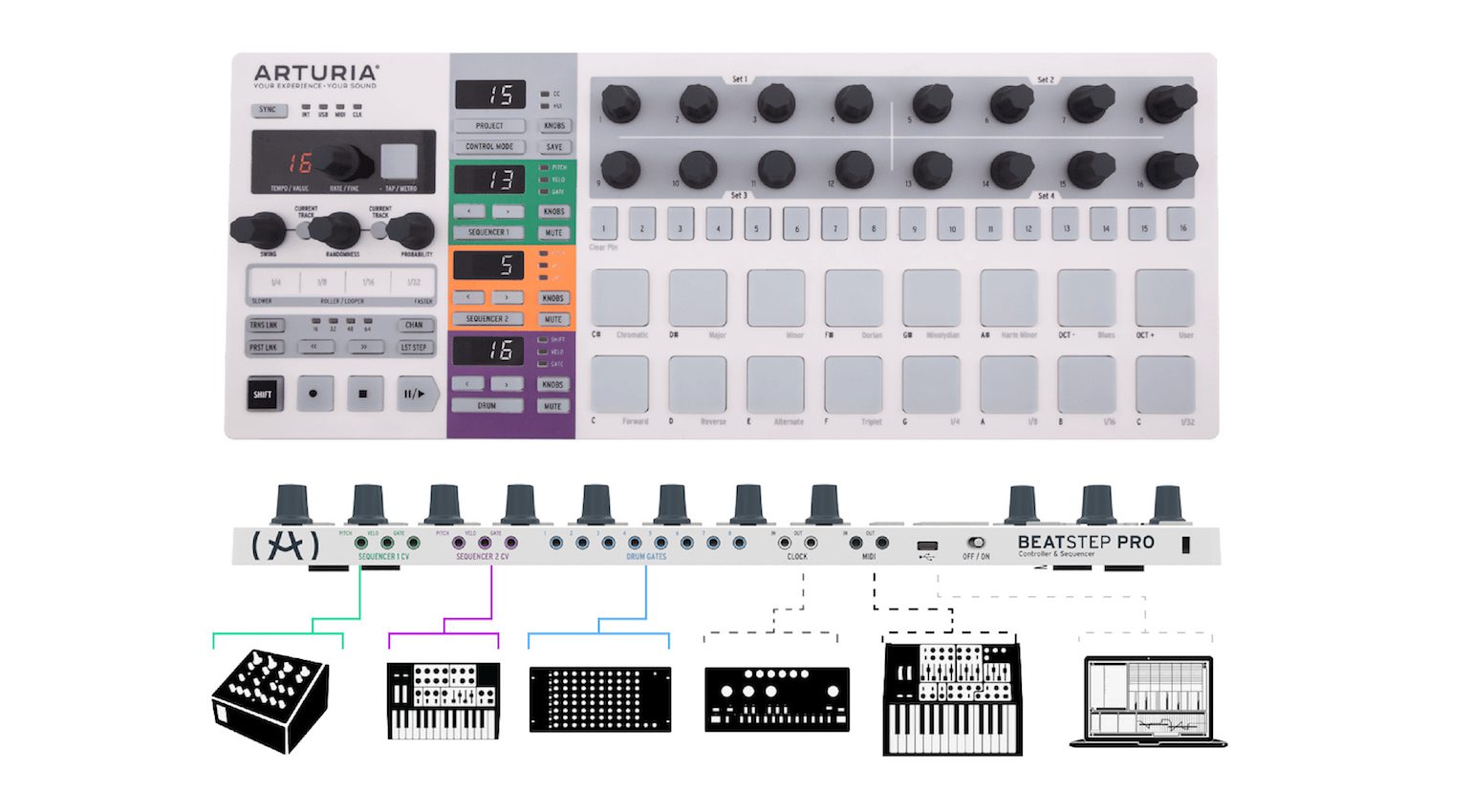
It might be limited by the lack of polyphony. However, it’s still a great starting point for your hardware setup, especially if you are new to music-making or breaking away from your DAW for the first time.
- Hardware Sequencers
- More about Arturia

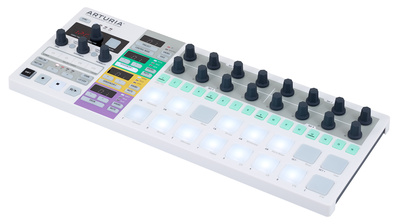

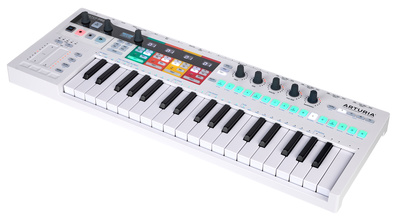
2. Digital Recording Console
If you’re working with live musicians, you may have to do a fair amount of tracking at a rehearsal space or venue. With a compact digital recording console like the Zoom LiveTrak L-12, you can do basic tracking and mix a rough demo in a single session.
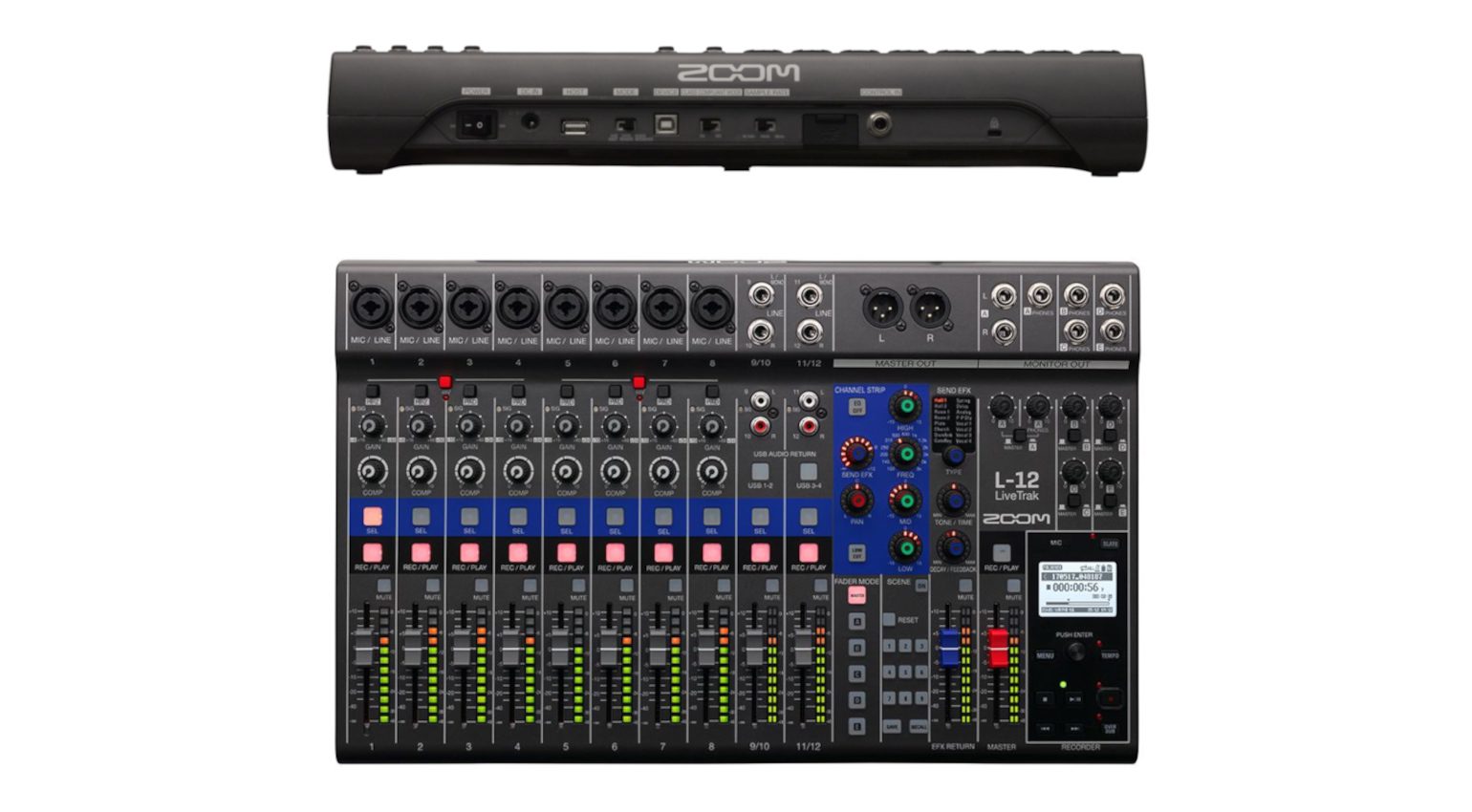
Storage is provided with an SD card slot, and each of the eight mic preamps has a built-in compressor. What’s more, there’s a digital effects section with a selection of 16 different effects and the 5 headphone outputs add plenty of value.
- Tame Impala
- More from Zoom

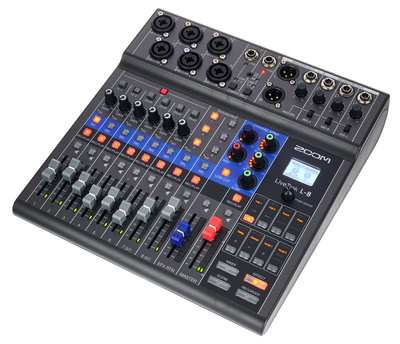

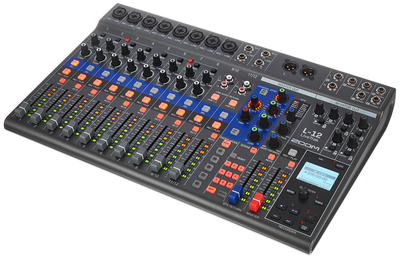

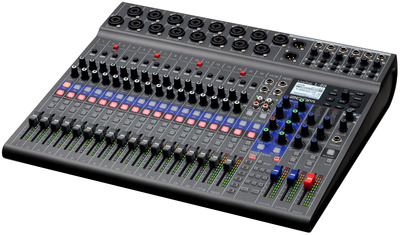
3. Workstation Keyboard
As producers like Timbaland have shown us, you don’t need to be a keyboard virtuoso to create music with workstation keyboards and samplers. They don’t come cheap, but workstations such as the Kurzweil PC4 are incredibly versatile.
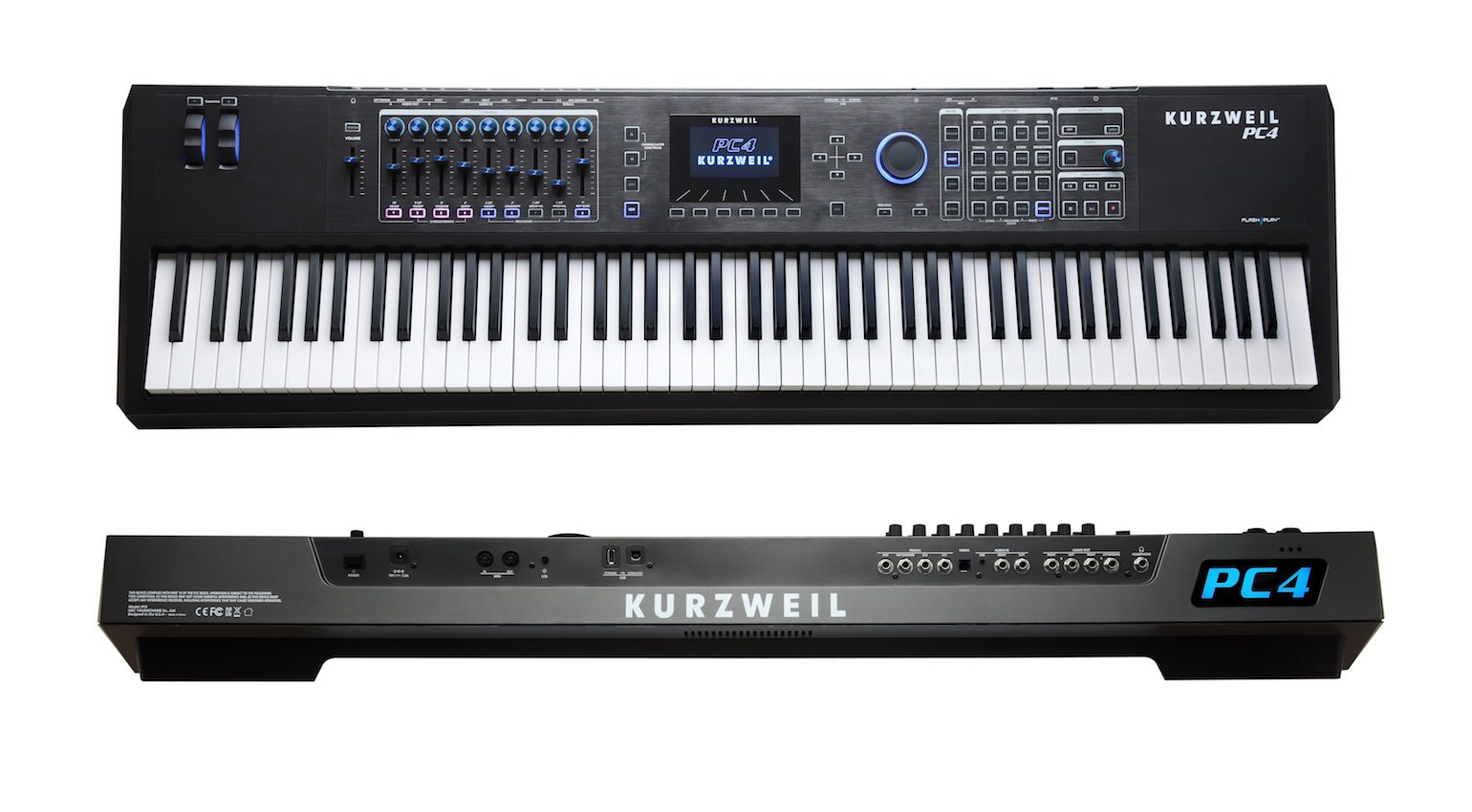
From sampling and synthesis engines to a powerful multitrack sequencer with an extensive sound library, you have all the tools you need to produce your tracks. What’s more, the PC4 is also an intuitive tool for live performance.
- Workstation Keyboards under $2500
- More from Kurzweil

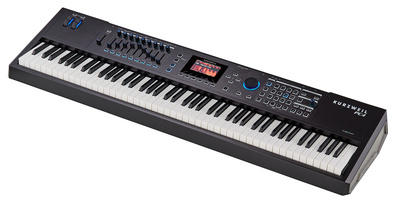
4. Multitrack Sampler/Sequencer
Every hardware setup needs a brain. For many artists, the Elektron Octatrak provides the perfect balance of performance-orientated features and sequencing power.
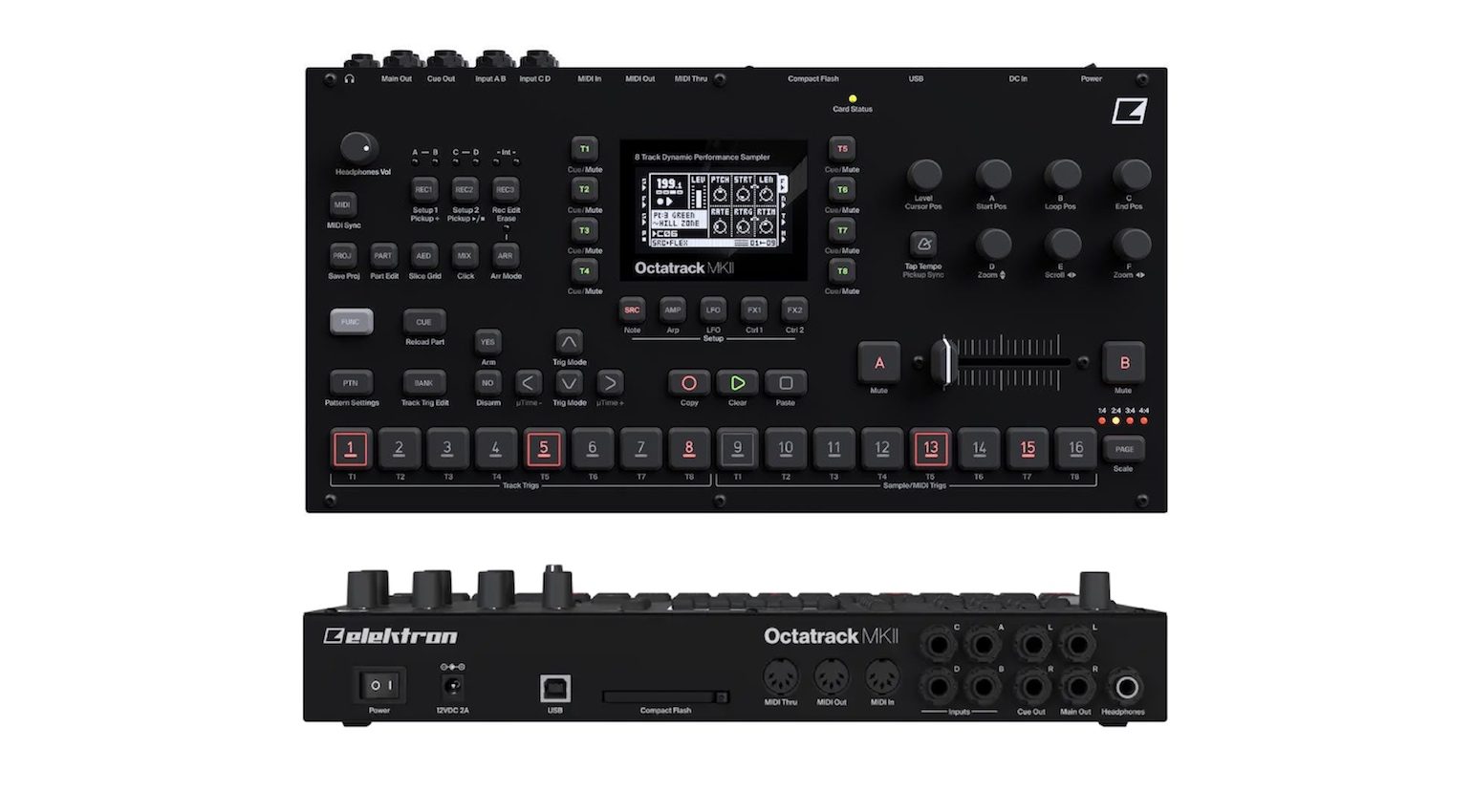
Rather than going the VST route like NI or AKAI, Elektron has kept things distinctively old-school, while still offering enough editing and sound-shaping features.
It might not have a sound library or great onboard effects, but it has the potential for multiple creative production workflows.
- Octatrack Alternatives
- More from Elektron

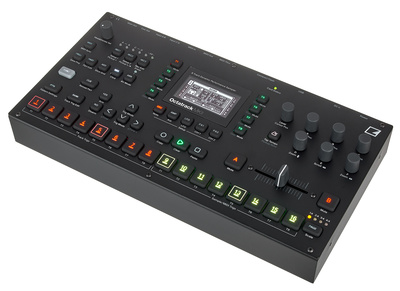
5. Eurorack Synthesizer
If you aren’t dealing with budget constraints and like to customize every aspect of what you do, a eurorack system offers endless potential for sound design, music production, and performance workflows.
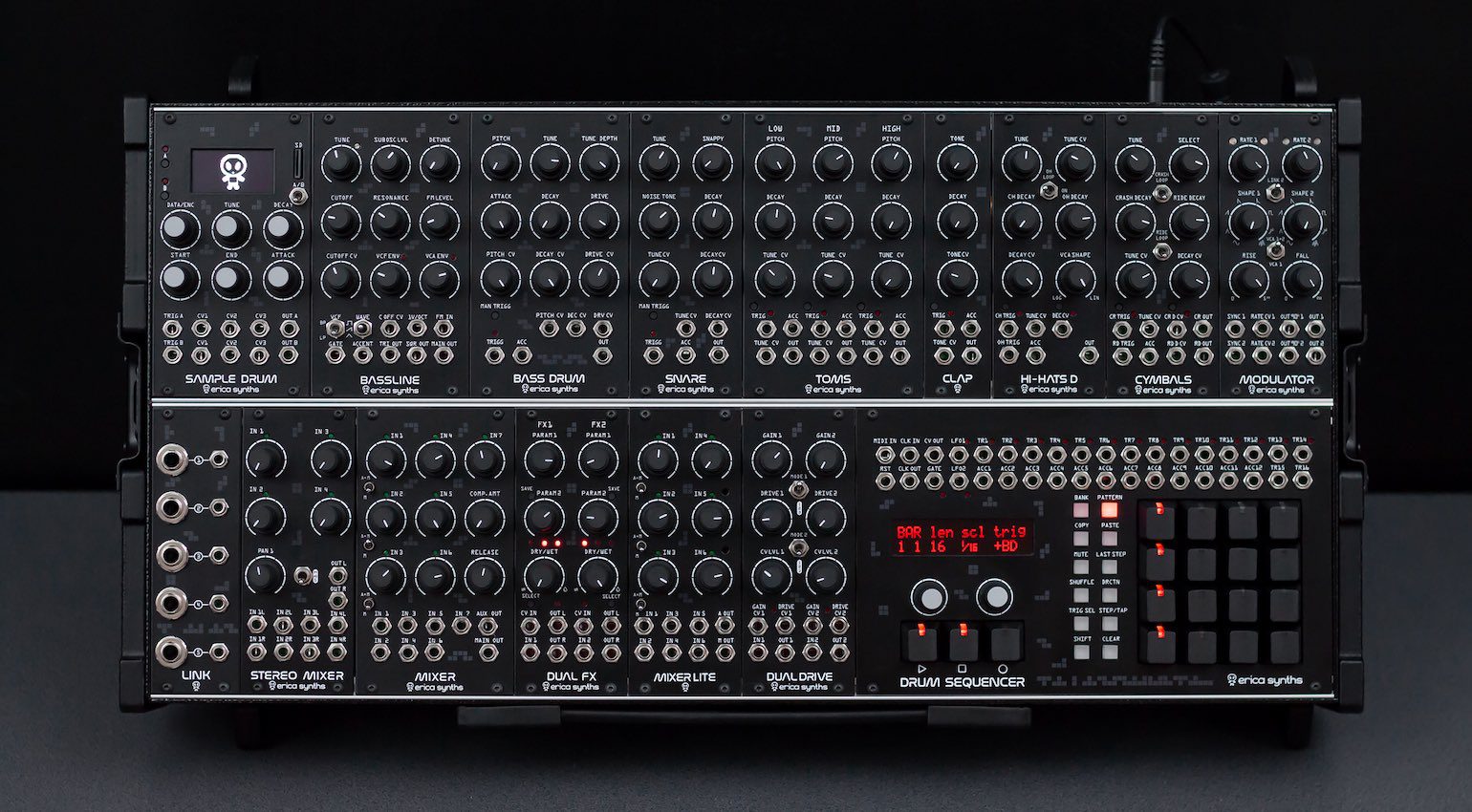
You can purchase a complete system, which may in fact be more cost-effective in the long run, or build your own module by module. The range of sound generation and manipulation tools as well as effects available is simply staggering.
What’s more, hardware tends to retain its value, so you can always sell, trade, and swap out modules as you go.
- Modular for Beginners
- More from Erica Synths

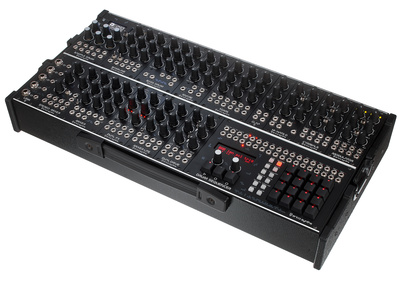
More about going Dawless:
- All about hardware
- More about sequencers
Videos:
*Note: This article contains affiliate links that help us fund our site. Don’t worry: the price for you always stays the same! If you buy something through these links, we will receive a small commission. Thank you for your support!

 3,6 / 5,0 |
3,6 / 5,0 | 